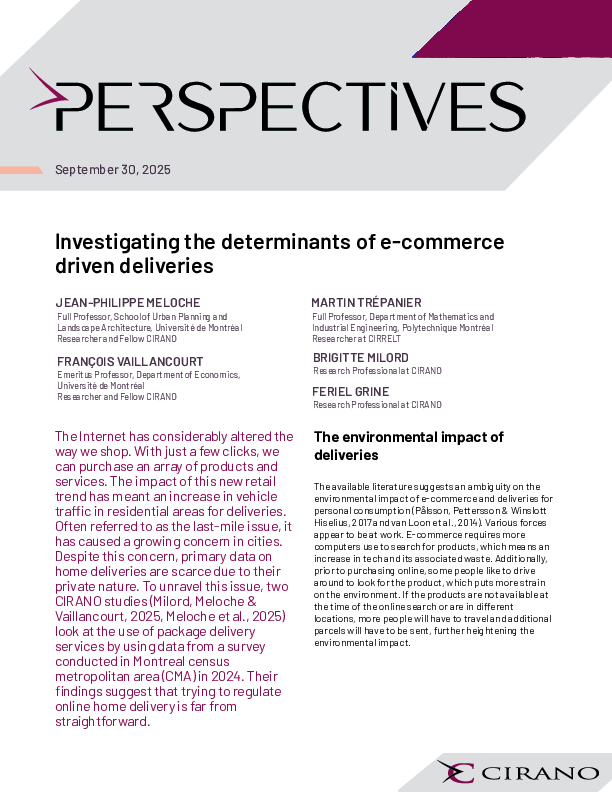Évolution de la distribution de la productivité des entreprises québécoises entre 2005 et 2019
To what extent is the increase in inequality in business productivity reflected in wage inequality? The answer essentially depends on the degree to which productivity differentials are transmitted into wage differentials. In this study, the authors examine this issue using data from the Canadian Employer-Employee Dynamics Database (CEEDD) for the period 2001–2019 and identify a set of stylized facts.
From 2001 to 2019, there has been an unequivocal increase in productivity inequalities between firms in Quebec, a result that is consistent with we observe in a number of other countries. This upward trend is greater in Quebec than in Ontario. It is interesting to compare this rise in productivity inequality with the decrease in income inequality. One possible explanation is that the transmission of productivity differences to income differences also decreased over the period. A number of possibilities could explain this decrease, and one of them would be a decrease in labour mobility. The authors examine this issue by decomposing productivity growth for the particular case of the manufacturing sector. They show that productivity growth in this sector is primarily driven by within-firm productivity growth. Labour reallocation and net input do not contribute much to productivity growth.




